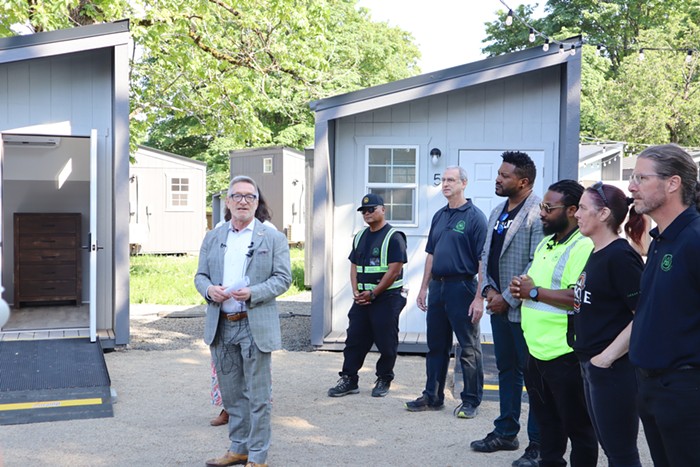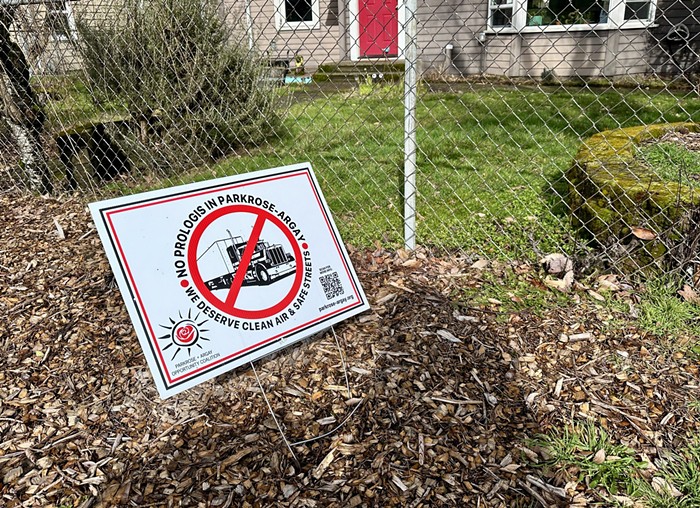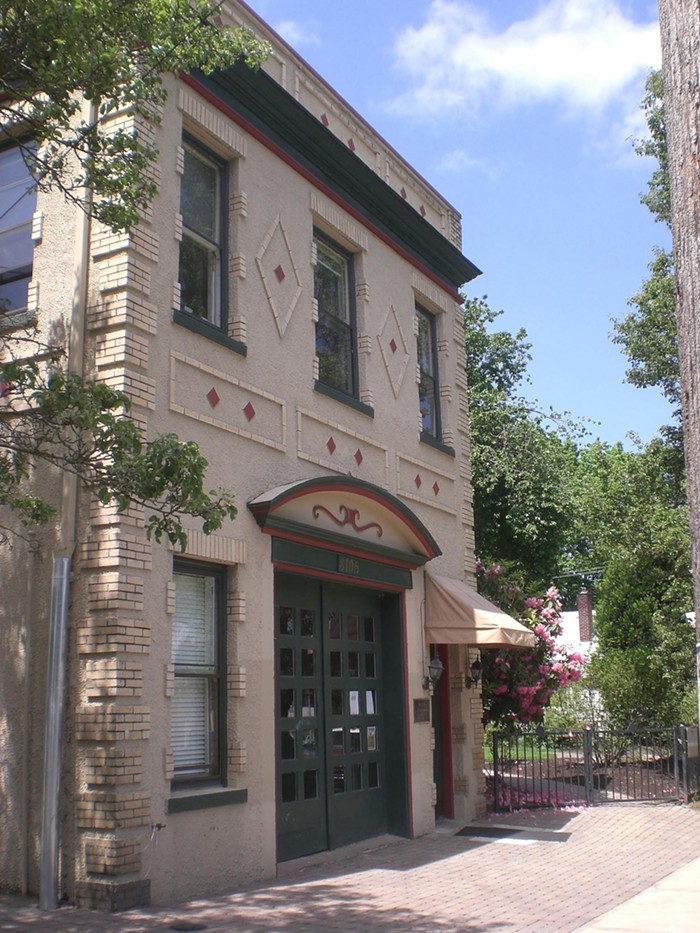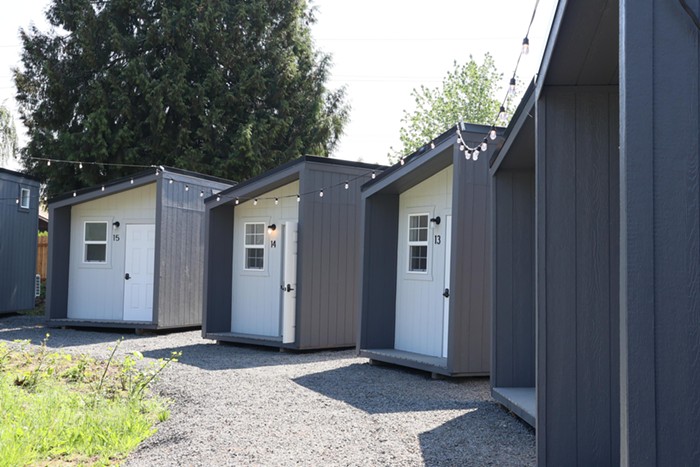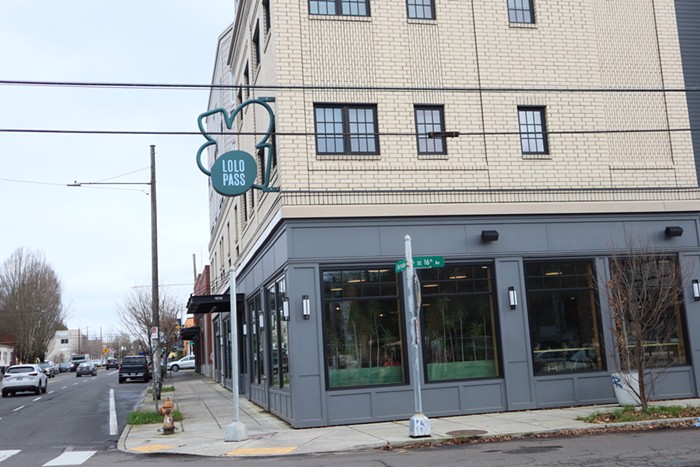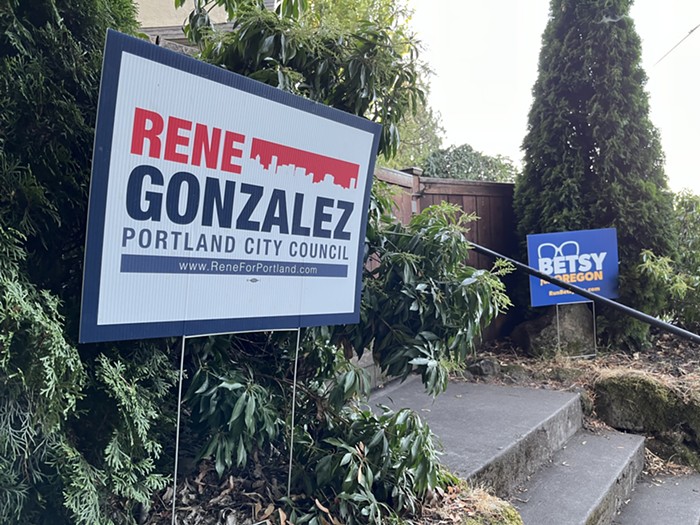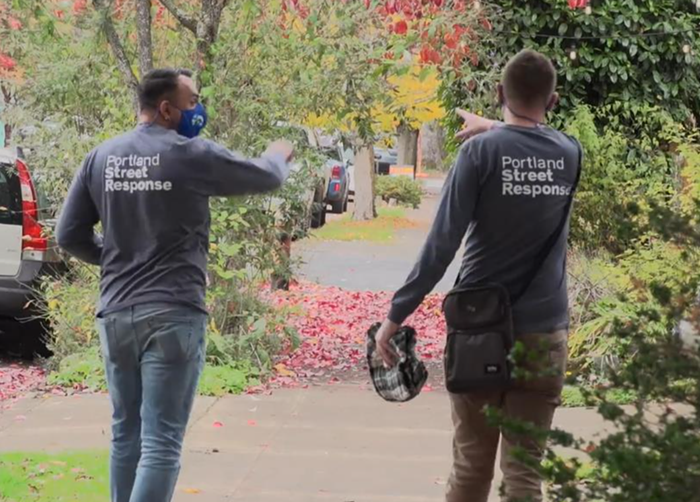AFTER 14 MONTHS of meetings, meetings, and more meetings, the city council is set to rezone roughly two miles of N Interstate from a rough-and-tumble strip of motels and gas stations to high-density residential and commercial land.
At a packed meeting last Wednesday night, July 16, the city council applauded the Planning Commission's rezoning work—they produced a 98-page long North Interstate Corridor Plan—and set the stage to approve the plan on July 23.
Planners hope the rezoning, which will allow increased density and taller buildings, will encourage investment in a street most notable for its vintage neon signs and abandoned buildings. But some neighbors are worried about what the neighborhood will look like if developers plop fancy condo towers next to single-family homes.
The whole rezoning plan is built around creating a place where people can live, work, and spend money while orienting their lives around public transit—AKA the MAX Yellow Line, which opened along Interstate in 2004. The rezone encourages non-car travel and improves bike-pedestrian-transit links, and also establishes the area as the "Neon Sign District," in homage to the iconic businesses along Interstate and encouraging new neon signs.
But the most heavily debated part of the rezone is the new soaring height limits. The neighborhood is currently a patchwork of residential and low-impact commercial zoning, but under the new zoning, buildings could be as tall as 75- to 100-feet tall—or almost 10 stories. Neighbors debated the height increase for months.
Then, at the last minute, city planners amended the plan to let developers in "height-opportunity areas" apply to build up to 125 feet.
"My first reaction is that's ridiculously tall," says Overlook Neighborhood Association President Eric Gale, who imagines towers going in next to squat single-family homes. "It's an intimidating height."
The stakes are high for Interstate not just because of the potential money involved, but because the development of Interstate is a model for other depressed parts of the city looking forward to light rail. "Not being able to see examples in other neighborhoods, we feel like we're pushing more and more into the unknown," says Gale.
At the July 16 hearing, 13 neighbors testified to the council. The debate coursed back and forth between those who believe that the key to attracting developers is allowing tall buildings, and those who angrily believe the "last minute" jump in height limits undermined public process.
"The 125 foot height did come into play rather late, but I don't think it was anything that was trying to be sneaked through by any means," says Arbor Lodge Neighborhood Association President Christine Duffy, who supports the even-higher height increase. "This isn't going to be out of character for what's going on all over Portland in the next few years," she says.
Duffy lives just off of Interstate, in the home she grew up in—which now looks like it will be on the same block as potentially 100-foot buildings. Duffy hopes the rezone will bring big buildings, and with them a jump in property values.
"It's going to be different, it won't necessarily be easy to have building going on all around us. But the benefits will make it worthwhile," she says. "These are conditions in a growing city that we have to adjust to."
One major topic wasn't discussed at either the council's hearing or during the months of planning: gentrification. Unlike debates over development on NE Killingsworth or NE Alberta, those involved in the Interstate rezone acknowledged there was not much discussion about who will own the hoped-for new shops or who will be able to afford to live in the apartments. Neighbors say one reason for the difference in discussions is that the rezone plan is so complicated—the Planning Commission's report is nearly 100 pages of design rules and color-coded fold-out maps—that issues like height provided enough fuel for 14 months of debate.
"It's so huge that it's hard to get into specifics," says Gale. "It's going to be over the next 20, 30, 50 years that there's going to be big changes."

